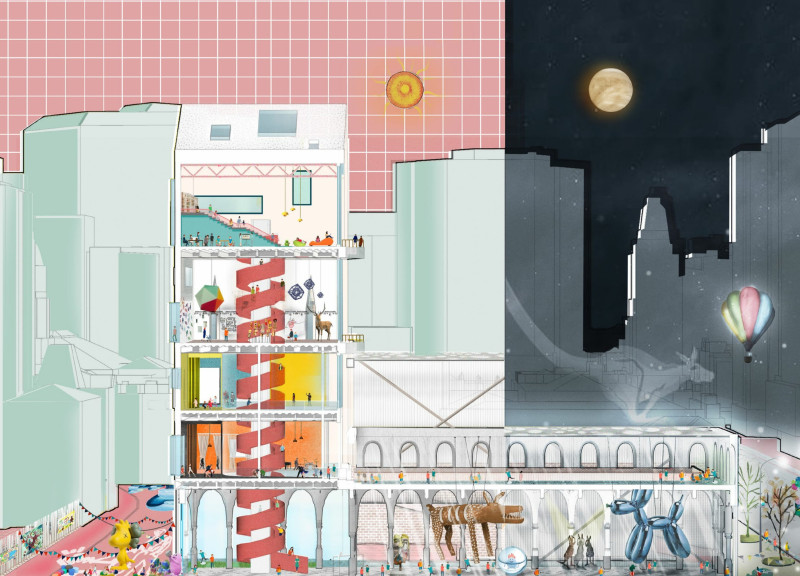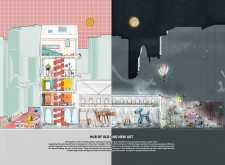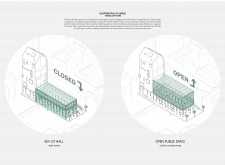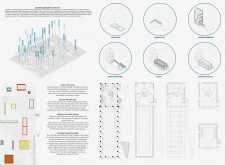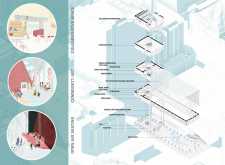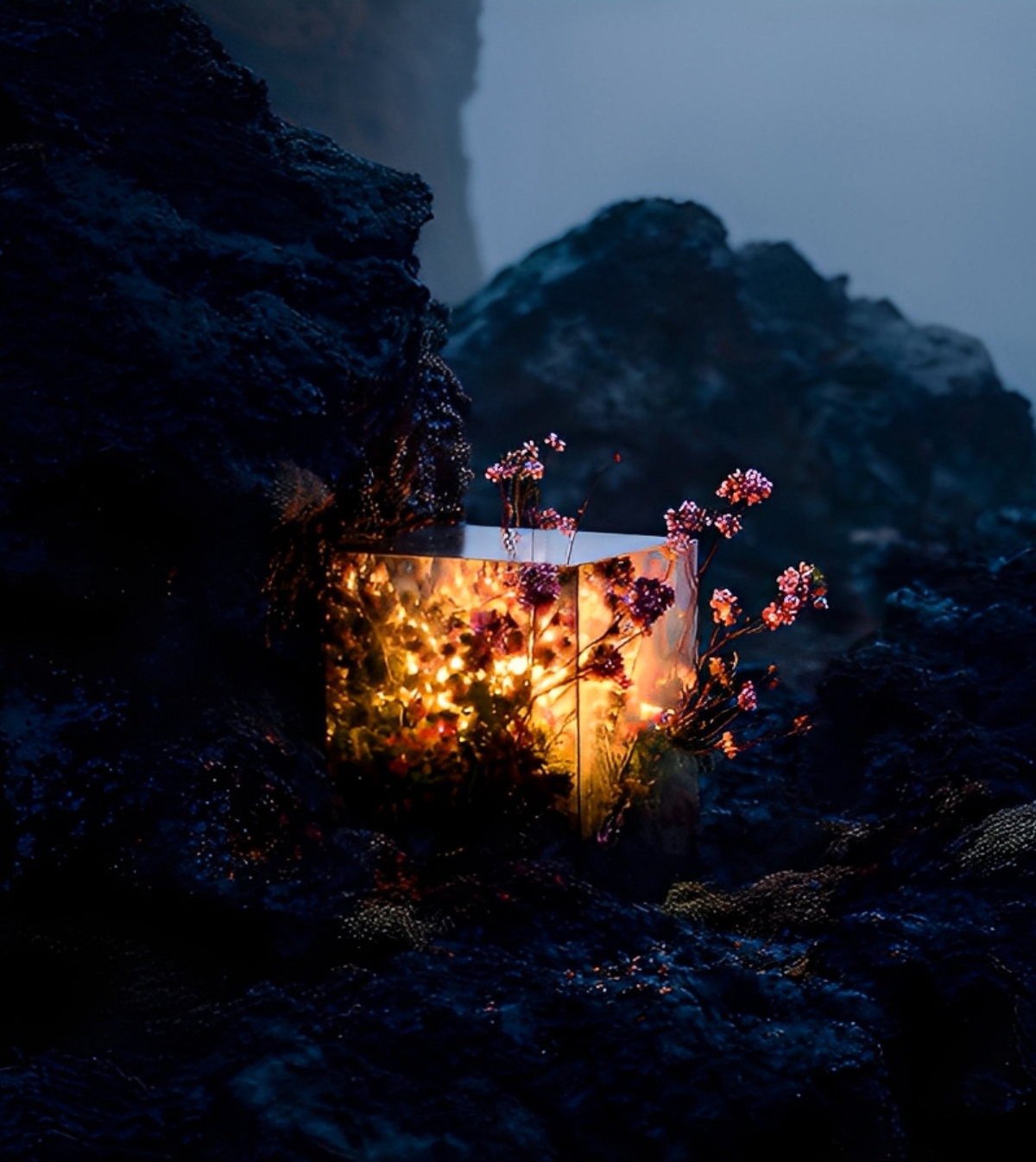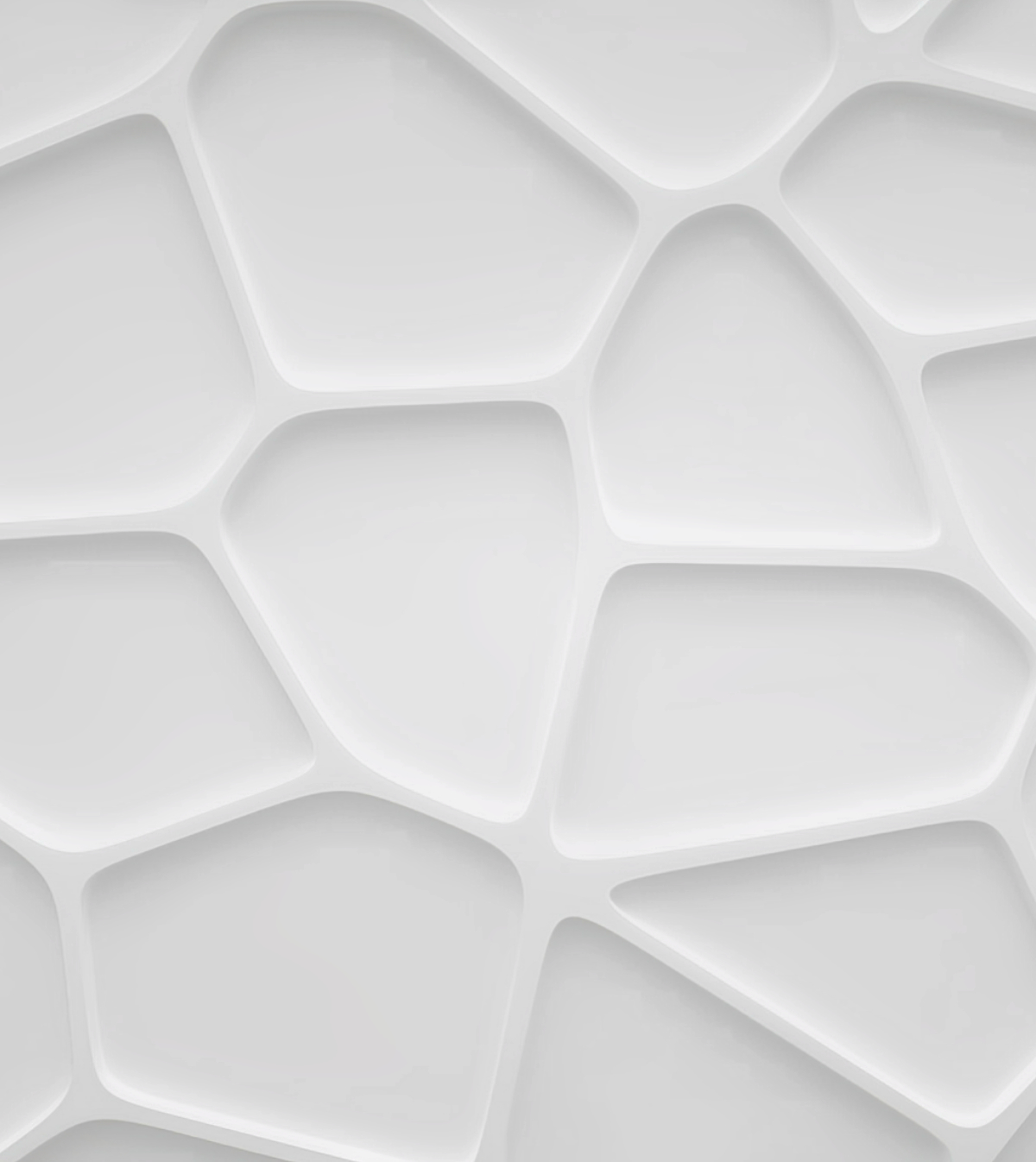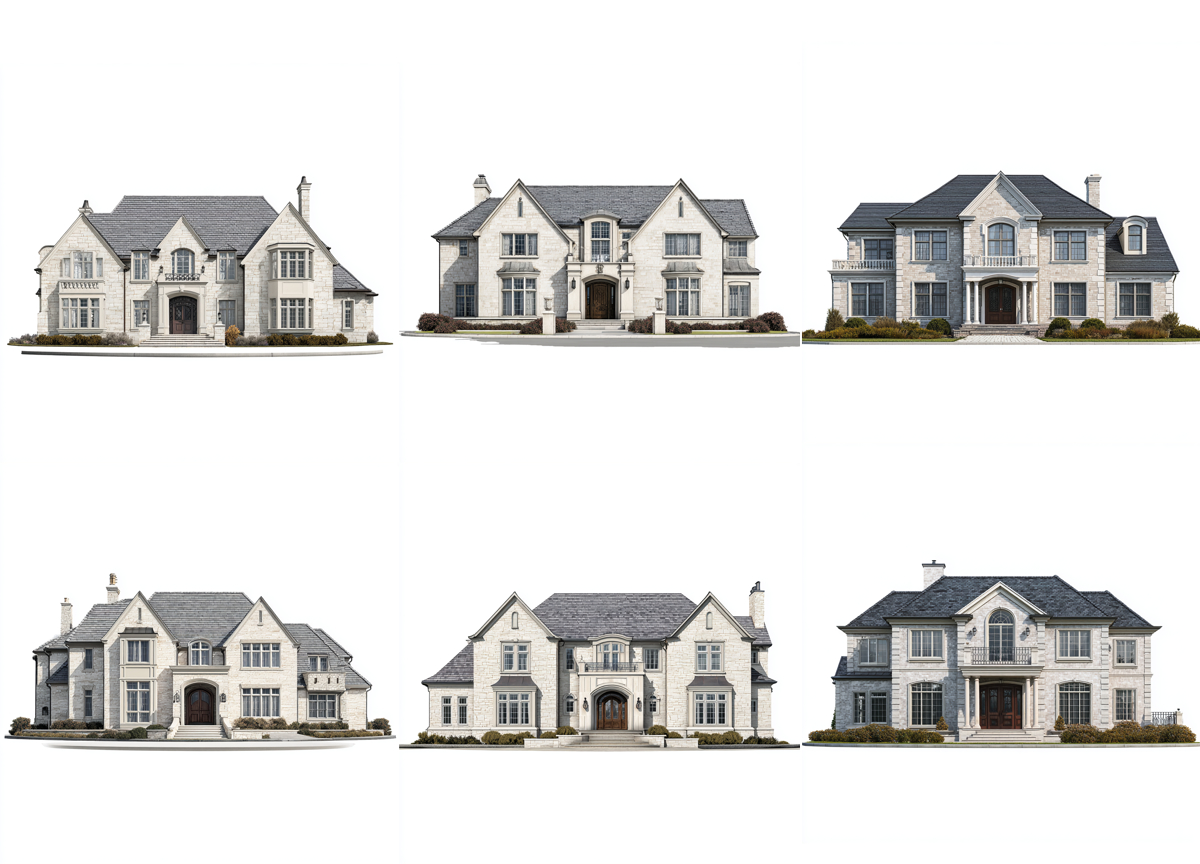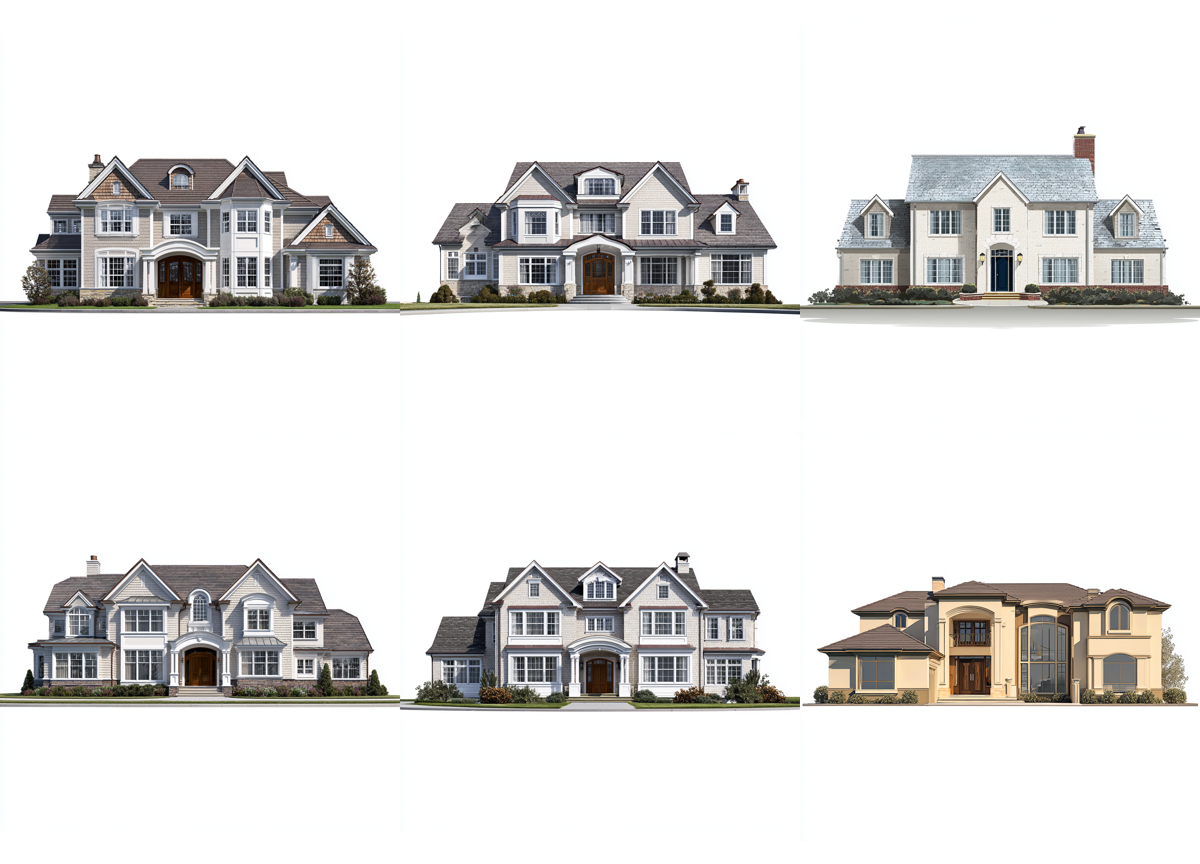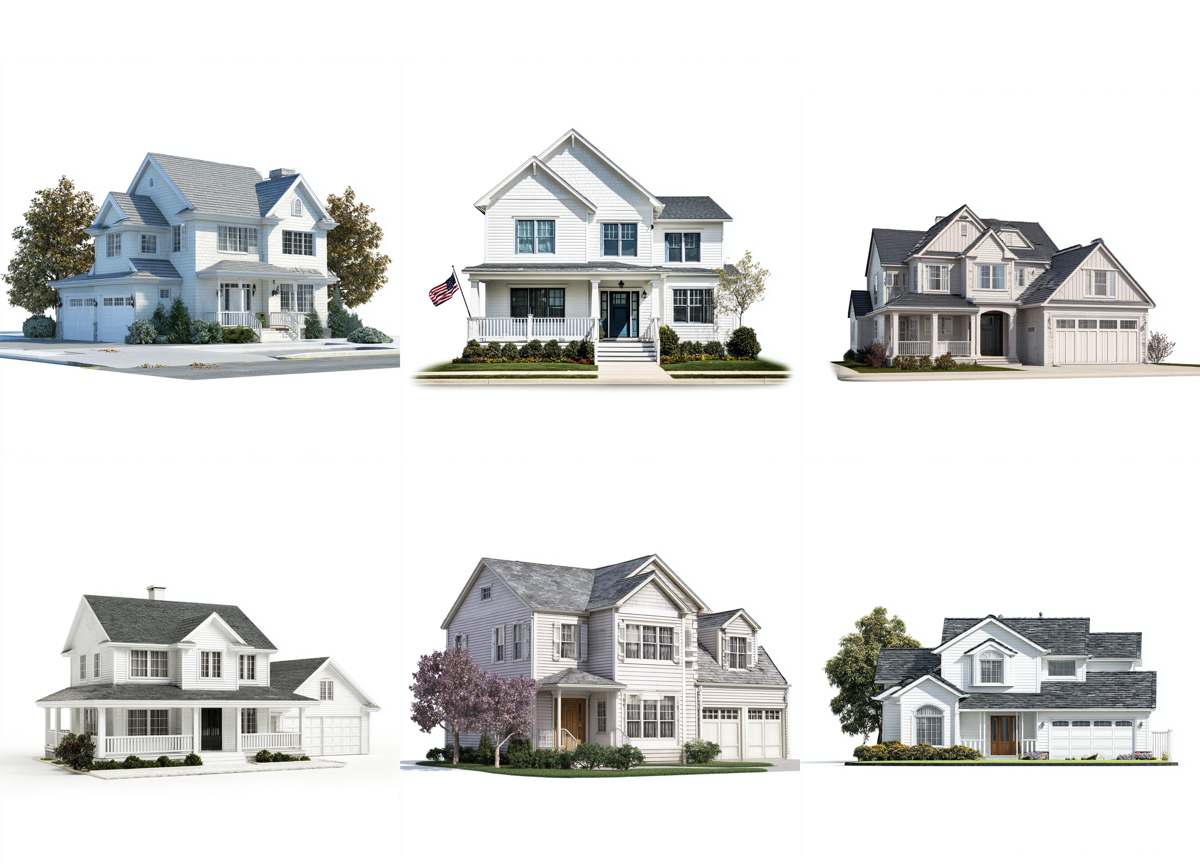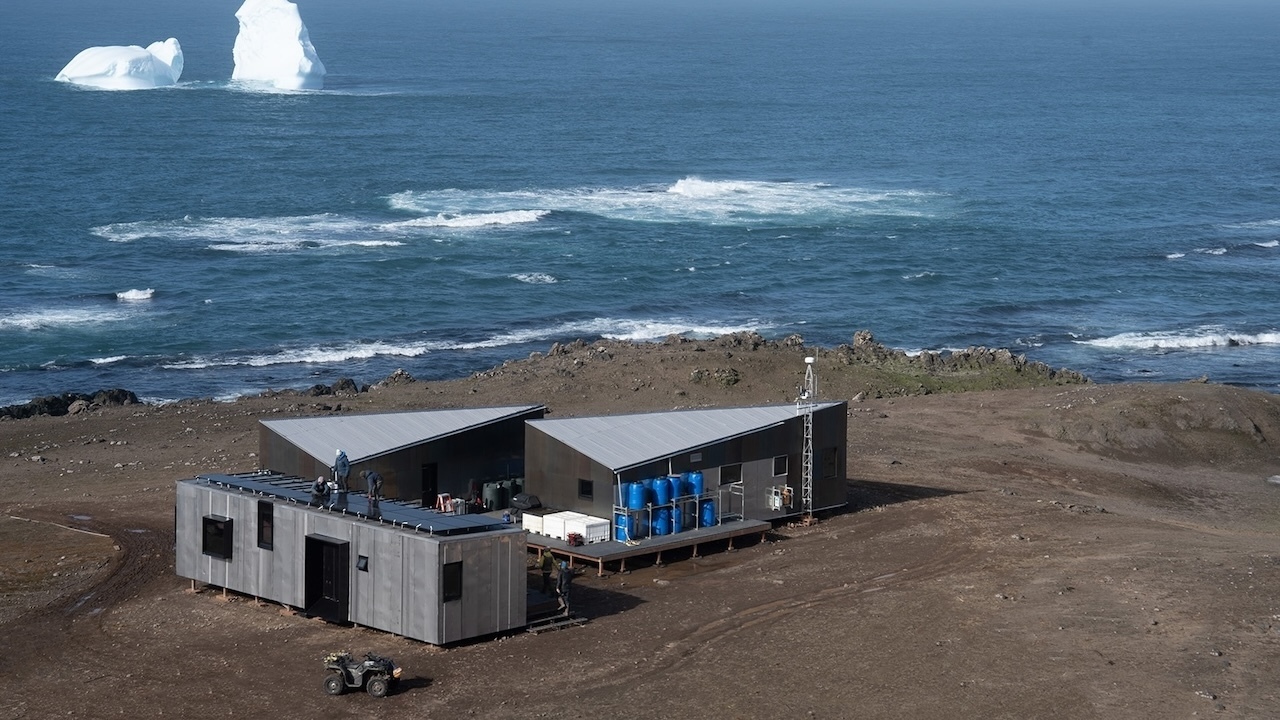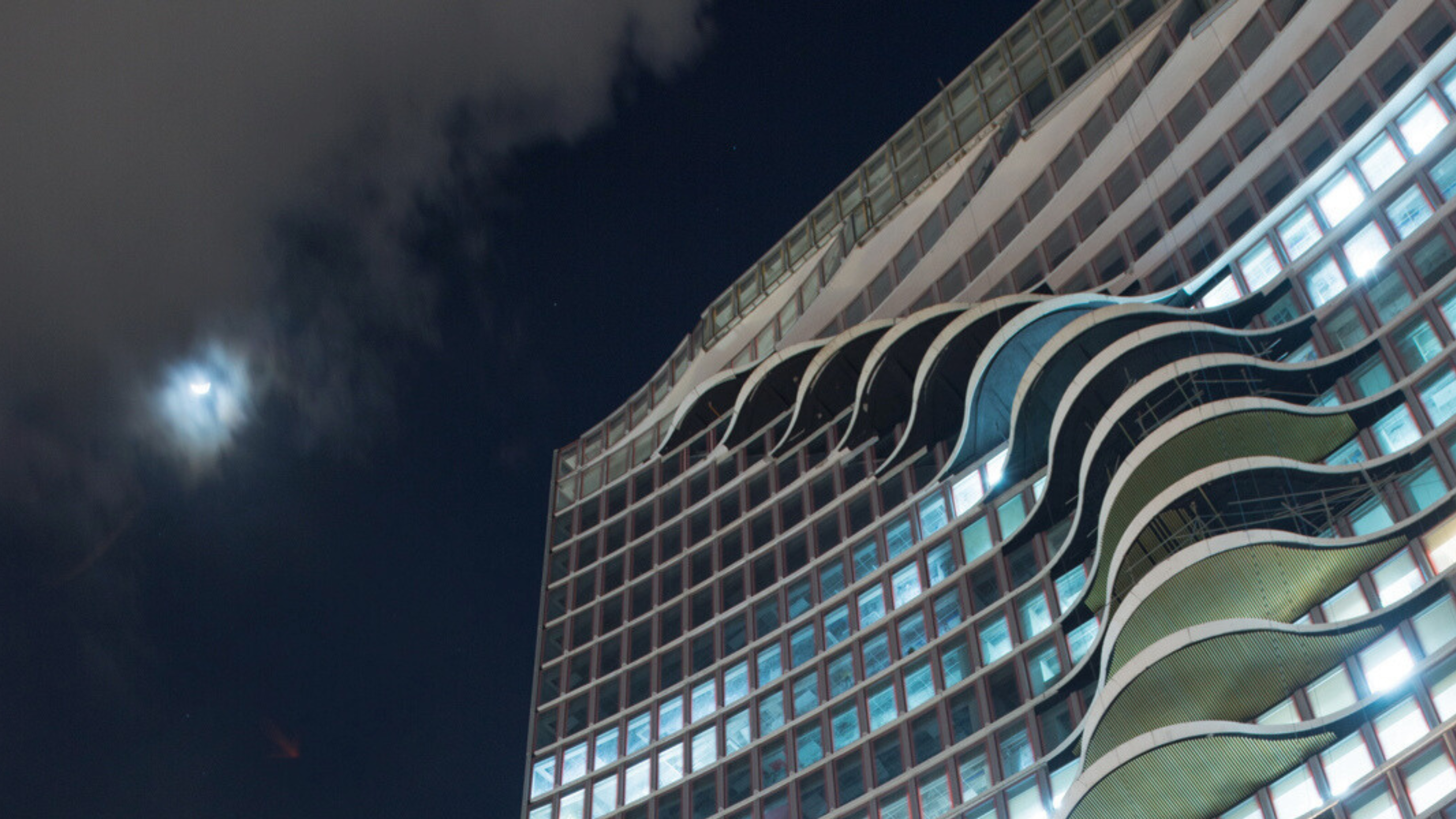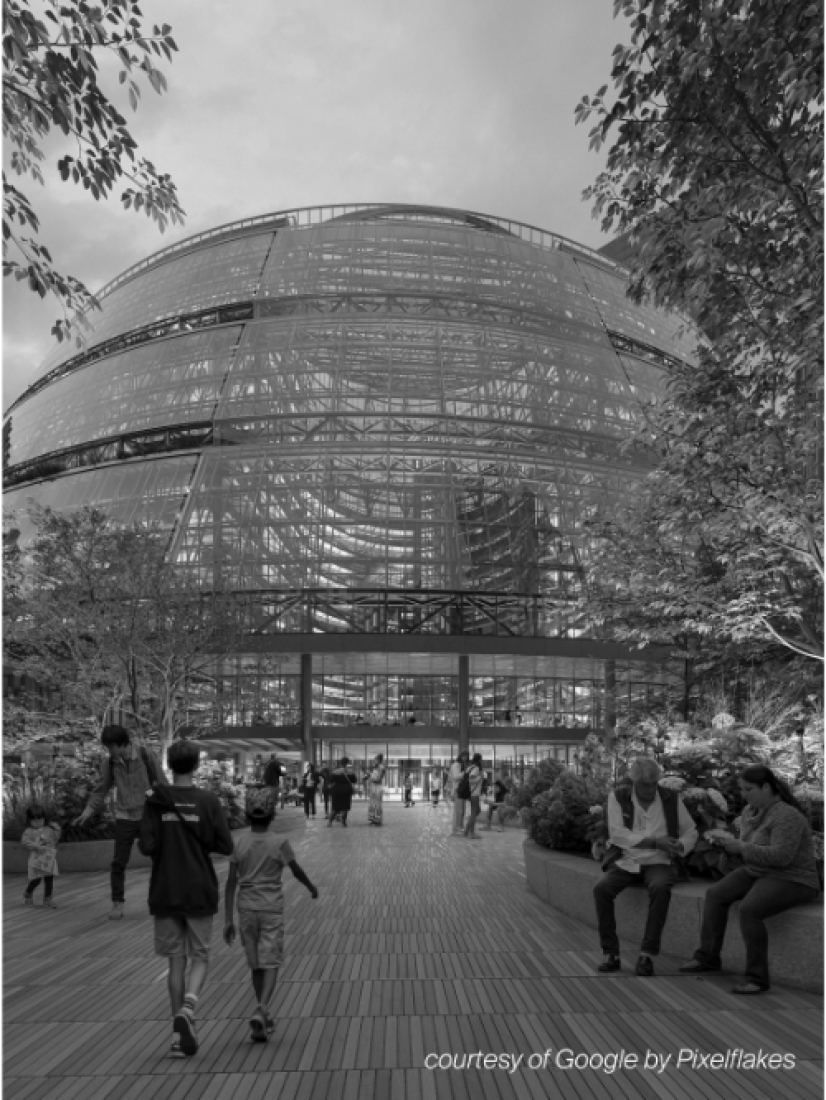5 key facts about this project
HUB OF OLD AND NEW ART is a contemporary architectural endeavor located in an urban environment, designed to serve multiple functions while integrating seamlessly into its surroundings. The architecture emphasizes a balance between modern aesthetics and environmental considerations, presenting a solution responsive to its context and community needs.
Spatial Organization and User Experience
The project features a versatile layout that accommodates diverse activities and user groups. Internal spaces are organized to promote accessibility and flow, providing both collaborative open-plan areas and private zones for focused activities. The design emphasizes the innovative use of natural light, with large glass panels dominating the facade. This approach creates a strong connection between the interior and exterior, minimizing the need for artificial lighting and contributing to occupant well-being through ample natural illumination.
Materiality and Sustainable Features
The material palette reflects a commitment to regional identity and sustainability. The primary structural components include cross-laminated timber (CLT), chosen for its efficiency and environmental benefits. The exterior is clad in charred wooden shingles, which provide enhanced durability and a distinctive aesthetic.
One of the unique aspects of this project is its innovative use of natural light. Large glass panels dominate the facade, creating a connection between the interior and exterior while minimizing the need for artificial lighting during the day. This approach not only enhances energy efficiency but also contributes to the well-being of occupants by providing ample natural illumination.
Complementary materials such as local stone and glass are also utilized, reinforcing a sense of place. The project incorporates a green roof that serves as an ecological habitat and contributes to urban biodiversity. Rainwater harvesting systems are integrated into the design for water recycling, reducing demand on municipal resources. Furthermore, passive design strategies, including natural ventilation and daylighting, enhance energy efficiency and user comfort.
Community Integration
The project prioritizes community engagement through the inclusion of public spaces. Well-designed common areas encourage interactions among users, fostering a sense of community. Outdoor spaces are carefully landscaped to provide recreational opportunities and enhance the overall livability of the environment.
The project features a versatile layout that accommodates diverse activities, ensuring it can serve various user groups effectively. Open-plan concepts blend with defined zones, allowing for both collaboration and solitude. The internal spaces are organized to promote accessibility and flow while providing private areas for focused activities.


